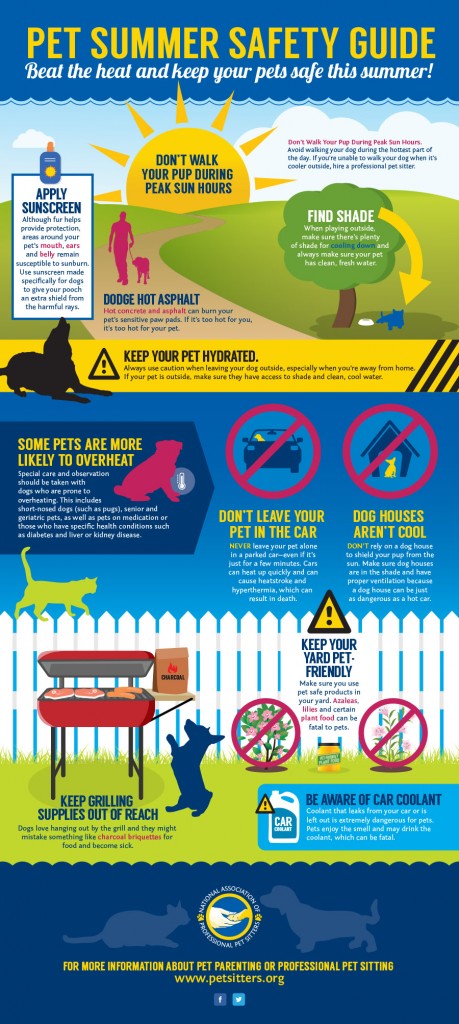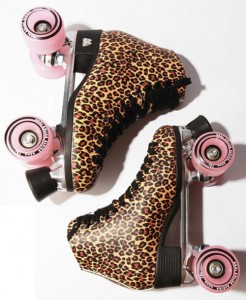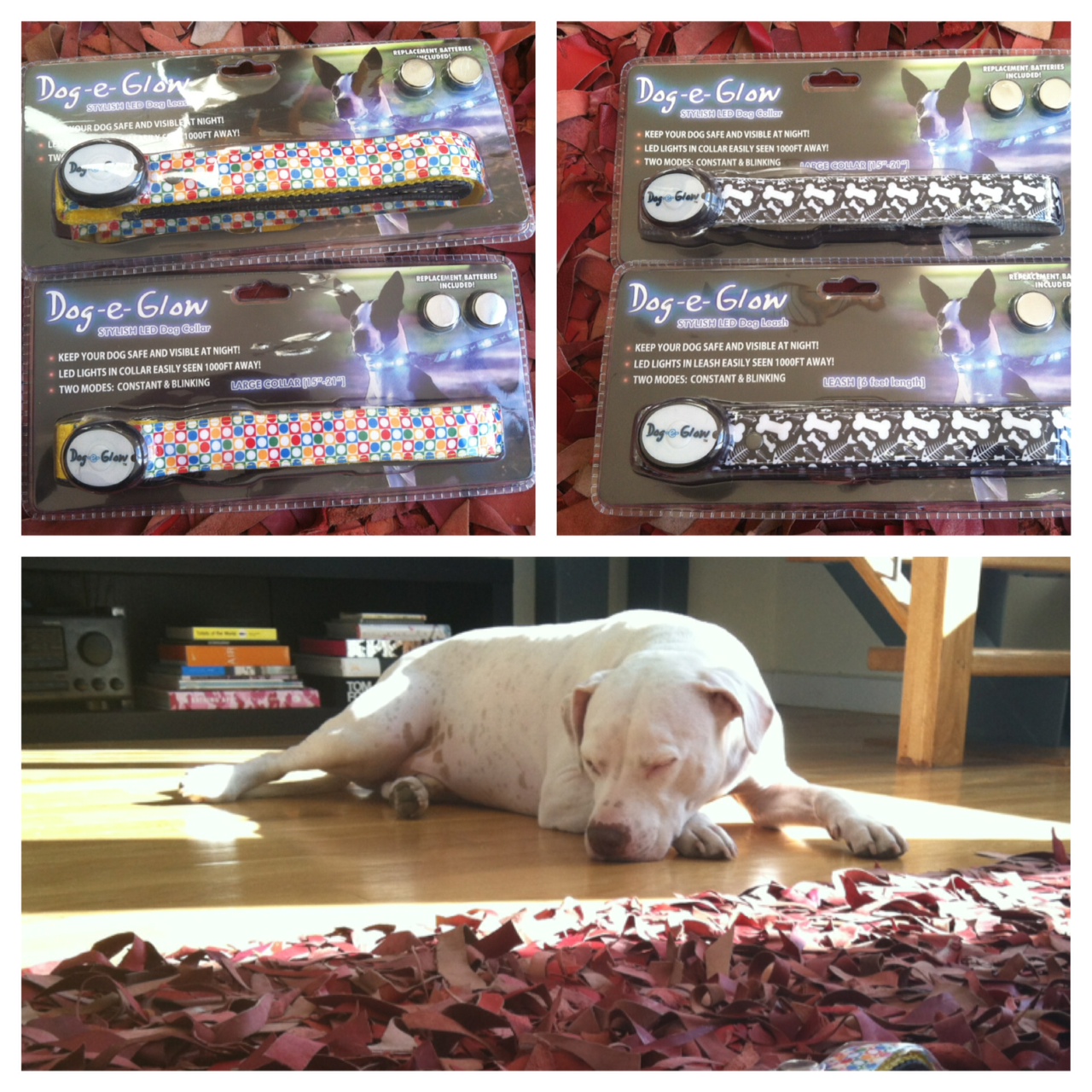-
Top Things Pet Owners Should do to Prepare for Disasters
Top Things Pet Owners Should do to Prepare for Disasters
Dr. Kurt Venator, Purina Veterinary
Although it’s difficult to predict when natural disasters will occur, preparing for the worst can make the difference when every second counts. Below are five tips for pet owners to prepare for a disaster:
1. Know the common natural disasters that can occur: Though pet owners should try to be prepared for all types of emergencies if possible, depending on which U.S. region you reside in, there are certain natural disasters that are more common than others. For example, hurricanes and cyclones are more likely to occur if you live near the Gulf of Mexico or Atlantic Coast, and tornadoes mainly hit areas like Kansas or Iowa in the Midwest. The West coast typically experiences wildfires, and flash flooding can take place in certain areas across the United States – such as the Southwest – after large storms. If you live in a region where hurricanes are common, it’s important to understand the elevation level of your property and whether it is prone to floods. This will help you understand how your property will be affected when a hurricane hits and can help you prepare a plan in advance for your pets.

Cami and I live in the desert of Las Vegas, so we don’t have to worry about flooding. But once in awhile there are crazy rain storms and because the city is not equipped for adequate drainage, the parks do accumulate a ton of water! Things we do have to aware of here are heat stroke, crazy windy days and spiders, scorpions and snakes!
2. Prep your home and pet: The first step to preparing your pet for a natural disaster is to make sure that he or she is wearing a securely fastened collar with up-to-date identification in case you become separated during a natural disaster. Pet owners can consider having their pet microchipped to assure that the pet can be identified and found via an electronic device as well. To prepare your home for natural disasters, talk to your local veterinarian who can provide waterproof, “Pets Inside” stickers that you can place on the front and back door of your house to alert rescuers that there are pets inside your home. In the case of a hurricane, try to cover all of your windows with permanent storm shutters or marine plywood and keep your pet away from them while the hurricane is passing through.

Cami has not been microchipped! So having a reliable ID collar with correct phone numbers on it is very very important. I recently changed my number to a Vegas one and her tags still have my old number on it! This is a great tip. Even though I am with Cami 24/7 and hardly ever apart from her. You never know what can happen and if she got lost, how could she get home?
3. Prepare a disaster kit: Your pet disaster kit should include basic pet essentials such as bottled water, cans of wet food, blankets, collapsible bowls, cat litter and pan, and a leash and collar. A one-to-two-week supply of food that your pet usually eats is an ideal amount to include in your disaster kit, however make sure to replace the food according to the expiration dates and call your pet food manufacturer to address any other quality and safety concerns. Have photos of your pet on-hand in case you need to distribute pictures if your pet gets lost, and make sure to include any important paperwork pertaining to your pet (e.g. vaccine records/medical history, veterinary contact information, medications list and emergency contacts). Finally, be sure to include a basic pet first-aid kit in your disaster kit.

I think this is so important to have. Cami is way too big to be carried now, over 85 lbs but we still try. I would pack this emergency kit just in case something happens. A doggy backpack can be perfect for situations like this and we like this one from Ruffwear. Lucky for me, a lot of her vaccines and info is online with her pet insurance app and also on my Google Drive.
4. Develop an evacuation plan: Do your research and save precious seconds by identifying possible locations where you can take your animals should you have to evacuate. These locations can include animal shelters, veterinary clinics or even pet-friendly hotels where you and your pet can find relief until the disaster passes. Keeping your dog’s medical records on-hand is vital since some pet-friendly emergency relief centers require proof of vaccinations in order for your pet to stay there.
5. Recruit friends and neighbors: It’s also important to consider creating a buddy system with your neighbor, family or friend who can look out for your pet in case you are not home when a disaster strikes. Add this person to your veterinarian’s emergency contact list of people who have authority to approve necessary emergency treatments if you can’t be reached. Also, identify places where you can leave your pet while you are out of town to avoid leaving your pet alone. Always let your pet sitter and back-up person know where your pet’s disaster kit is stored in case of an emergency.
For more information, please visit purina.com and petcentric.com.
-
New, high-tech wearable for pets could be a lifesaver when an animal is lost or injured
Next to our children, our pets are some of the most important members of our families. We do everything we can to make sure both our kids and pets are safe, but eventually kids can shoulder some of the burden themselves. But when Fido runs off, we can’t expect him to tell the nice neighbor that finds him that he has a medical condition, or who his veterinarian or owner is.

Though your pet will never learn to talk, there is a way to provide whoever finds your lost -or injured- pet with the information they need to offer aid. A new ‘wareable’ technology, MyEndlessID Pet, gives veterinarians and good samaritans all of the information they need to render aid in an emergency.
“Even the best trained pets might head off on an adventure sometime,” said Gustavo Rubacha, one of MyEndlessID Pet’s inventors. Worse still, Rubacha notes, is that from time to time those ‘adventures’ can result in injuries, sometimes serious. “We believe that it’s important to prepare for these emergencies ahead of time and that’s why we created MyEndlessID Pet.”
MyEndlessID Pet jams the latest Near-Field Communication (NFC) technology into a tag small enough to hang from a pet’s collar. Utilizing the same tech that until now has only seen mass deployment in payment systems like Apple Pay and Google Wallet, the NFC tag will emit radio waves to any capable smart phone held close to it, providing vital information about your pet with just a tap.

When the device is activated, pet owners receive immediate alerts by text, email and a phone call, along with a geolocation of where their pet is located when the tag is activated. Most importantly though, MyEndlessID Pet provides rescuers and veterinarians instant access to vital medical information that could save an animal’s life in an emergency.
Vital information including medical conditions, medications, vaccinations, allergies, medical history and veterinarian history, insurance information, and more are all instantly available with the simple tap of any modern smartphone.
Unlike an implanted microchip, MyEndlessID Pet does not require special equipment beyond a smartphone to work, and priced at $20 it is far more affordable than a vet visit to have a device implanted.
MyEndlessID Pet is also water resistant, allowing it to withstand whatever mischief your pet might wander into, while continuing to deliver critical information when someone comes to help your pet get out of whatever mess he or she has found himself in.
-
Saftey for Pets: SimpleWag.com
Whether it’s waking us up in the morning with a kiss, greeting us when we come home from work, or cuddling with us on the couch, dogs make our lives better. Since they are so good to us, we go to great lengths to return the favor. Oftentimes, that means slipping them a little something under the dinner table. While a lot of the time this is okay, if we’re not careful, certain foods can cause serious, even fatal problems for our pets. The next time you’re tempted to spoil your dog with food from your plate, make sure you’re not feeding him one of the ten most common foods that can be lethal to dogs. Use this infographic created by SimpleWag to ensure your pet’s safety.
Share this infographic with a friend!
-
Pet Summer Safety Guide
With summer on the horizon and temperatures on the rise, weather conditions can become potentially hazardous for pets. In an effort to help increase awareness about the importance of summer safety, the National Association of Professional Pet Sitters (NAPPS), a nonprofit trade association dedicated to promoting the welfare of animals, created a summer safety guide with valuable tips and best practices for protecting pets during the warm summer months.
 “As pet parents, it’s our responsibility to protect our animals from summer threats including exposure to extreme heat,” said NAPPS president Yvette Gonzales. “Pet parents tend to forget that the sun isn’t the only thing they have to worry about. There are a lot of other risks that pets face during the summer months.”
“As pet parents, it’s our responsibility to protect our animals from summer threats including exposure to extreme heat,” said NAPPS president Yvette Gonzales. “Pet parents tend to forget that the sun isn’t the only thing they have to worry about. There are a lot of other risks that pets face during the summer months.”NAPPS urges pet parents to also consider these additional tips to help keep pets safe and cool under the summer’s sun:
- Avoid walking your dog during the hottest part of the day. If you’re unable to walk your dog when it’s cooler outside, hire a professional pet sitter.
- Apply sunscreen made specifically for pets to light skinned and light-furred dogs. Although their fur helps provide protection, areas around their mouth, ears and belly remain susceptible to sunburn.
- Don’t rely on a dog house to shield your pup from the sun. A dog house can be just as dangerous as a hot car. Make sure dog houses are in the shade and have proper ventilation.
- Make sure you use pet safe products in your yard. For example, azaleas, lilies and certain plant food can be fatal to pets.
- Keep grilling supplies out of your pet’s reach. Dogs love hanging out by the grill and they might mistake something like charcoal briquettes for food and become sick. Keep an eye on your grill and what’s or who is around it.
- Never leave your pet alone in a parked car – even if it’s just for a few minutes. Cars can heat up quickly and can cause heatstroke and hyperthermia, which can result in death.
About NAPPS:
NAPPS is the only national nonprofit trade association dedicated to serving the needs of professional pet sitters. The Association aims to help the pet owning public, those interested in pet sitting, and professionals engaged in the in-home pet care industry by fulfilling its vision statement, serving as “the most respected authority in professional pet sitting.” It does so by providing the tools and support to foster the success of its members. NAPPS recently launched a membership designed with the pet parent in mind—the NAPPS Pet Parent Membership is the ultimate resource for pet lovers; offering guides, education opportunities, networking, and exclusive discounts and deals to help pet parents care for their animal companions. To find a pet sitter in your area, check out NAPPS’ nationwide “Pet Sitter Locator” at www.petsitters.org. For more information on NAPPS, please follow @TheNAPPS on Twitter or join us on Facebook at facebook.com/TheNAPPS.
-
Glow Leash Giveaway @DogeGlow for Black Dogs ONLY
I grew up with a black lab cross called Bew Bew and I loved him so much! He had beautiful shiny black fur with dark chocolate colored eyes. I had him from grade 6 til I graduated from college. So I am doing a very special giveaway today in his memory. I recently read an article about how black dogs are abandoned, least likely to be adopted and generally illicit the most ‘fear’ from strangers. That made me so sad that I want to make this special giveaway to only BLACK dogs. I am showing them special love because they totally deserve it. Your dog does not have to be 100% black to win this giveaway. They have to be dark or have some black in them.

Dog E Glow collars and leashes have LED lights in them that are especially helpful for dark coated dogs at night for safety and visibility. Every dog that goes on walks can benefit from the DogEGlow leash and collar set but dark dogs NEED it. It is soooooo dangerous when a car or your owner cannot see you in a huge dark field or at the park.
They come in over 16 designs.
– Collars & leashes illuminate their entire length and are seen up to 1,000 feet away for maximum visibility
– Collars come in medium and large sizes with all leashes 6 feet in length. Harness sizes and coming soon in 2013.
– Collar and leash lights are visible when turned on in a steady, flashing or off mode
– All products contain batteries that last up to 150 hours of use
– ALL of the Dog-E-Glow products are:
Safe
Lightweight and highly durable
Weather resistant
Made of high quality nylon sewn around (100,000 Hour) LED bulbs
Jacob will help me select the winners when he wakes up.
Today I am giving away the Dots Leash (6ft) and Dots Collar (Large) and the Fishbone Leash (6ft) and Fishbone Collar (Large). There will be 2 winners in total.
Good luck, please enter below:
a Rafflecopter giveaway
-
Pets and the Holidays with @AVMAvets

Just in time for the excitement of the holiday season, the wonderful Dr. Doug Aspros, from the Bond Animal Hospital, has offered us some valuable advice when caring for our precious pets.
If we have a holiday party, should we let our pet be with the guests or not?
Mixing guests and pets often doesn’t work out very well advises Dr. Aspros, instead he suggests that closing off your pets in a bedroom or, another protected area, might be the better solution. Owners know their own pets, so the solution will have to suit the needs of your particular pet. However, it is important to keep in mind that just because you are happy to see your friends, doesn’t mean your pets might not feel the same way. Changes from routine such as new people and loud noises can cause great anxiety for your pets. For some pets, the stress from these routine deviations can cause soiling, chewing, scratching, or even the potential to harm guests. Dr. Aspros also stresses that it is important to remember that pets are allergic to a lot of the foods we serve during the holidays. Often your guest will be unaware of these hidden dangers and could potentially feed your pet something poisonous to them. The best bet is to keep them stashed away
somewhere safe!What should we do if our pet eats something they shouldn’t?
Dr. Aspros suggests that the first thing to do, if you have a concern about your pet eating something they should not have, is to serve them a healthy meal. Even if they are not showing any symptoms of illness, a big meal will likely help anything inappropriate pass.
If an object is accidentally swallowed, compelling your pet to vomit can help remove the item. Serving them a few tablespoons of hydrogen peroxide or placing a bit of salt in the back of their throat will induce vomiting.
Dr. Aspros always recommends that you call your own vet and see what they suggest given the particular circumstances. If your vet is closed over the holidays, call a 24 hour vet clinic or emergency clinic if the situation is serious.
What are your thoughts on travelling with pets over the holidays?
Although dogs generally like car travel, cats are usually not big fans. Dr. Aspros recommends leaving your cat at home whenever possible, as a car ride can prove to be incredibly stressful. If you are required to travel with kitty, then be sure that they are in a proper carrier and secured to the floor.
Dogs are a bit different story; Dr. Aspros proposes that if your dog enjoys car rides then there is no harm in bringing them along! Be sure to properly secure your dog in the car by anchoring them to a seatbelt instead of letting them move around. There are plenty of products on the market today that allow you to attach you dog to a passenger seatbelt or to the floor of an SUV or hatchback. If not properly secured, in the unfortunate case of an accident, a pet can become a dangerous projectile.
Can I give a pet as a gift?
This is a big no, no. Although it seems like a wonderful gift, Dr. Aspros suggests that
holidays are not really the right time to be giving a pet. There are too many other
distractions during this time, so the new companion will be competing with lots of other
things.Dr. Aspros stresses that a pet is a long-term commitment. One that is emotional,
psychological and physical. It is important that the owner themselves plays a part in this
choice, and gifting makes that a challenge.Where can we find more information?
Dr. Aspros suggests the following sites for additional information about keeping your pet
happy and safe, no matter the season.Happy holidays everyone!
*Guest post written by Roslyn Small














